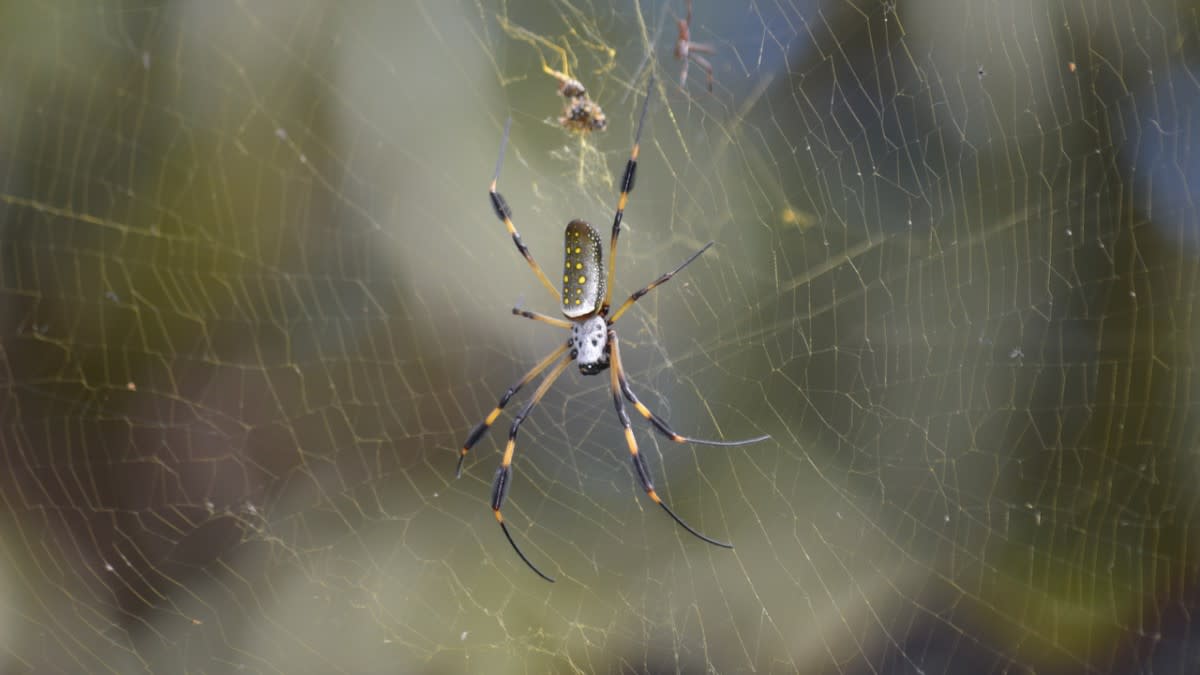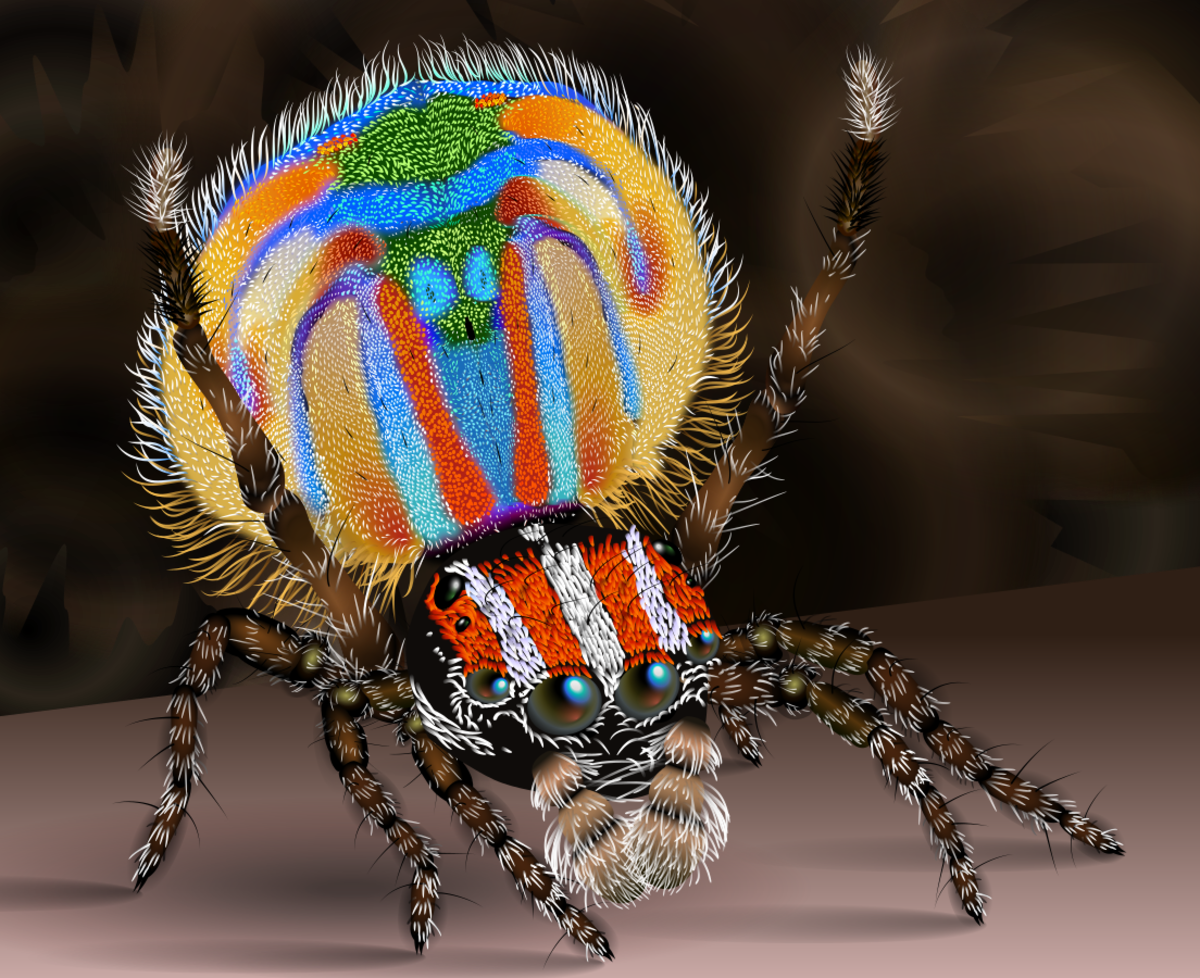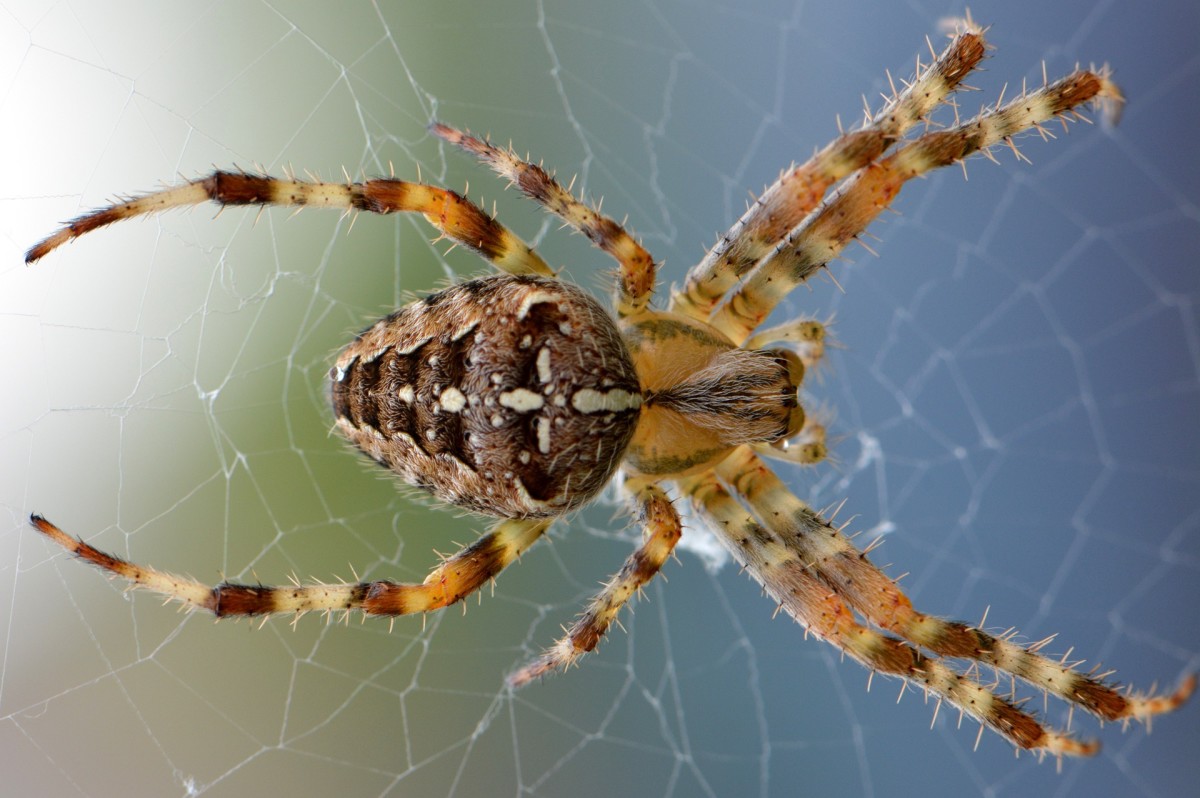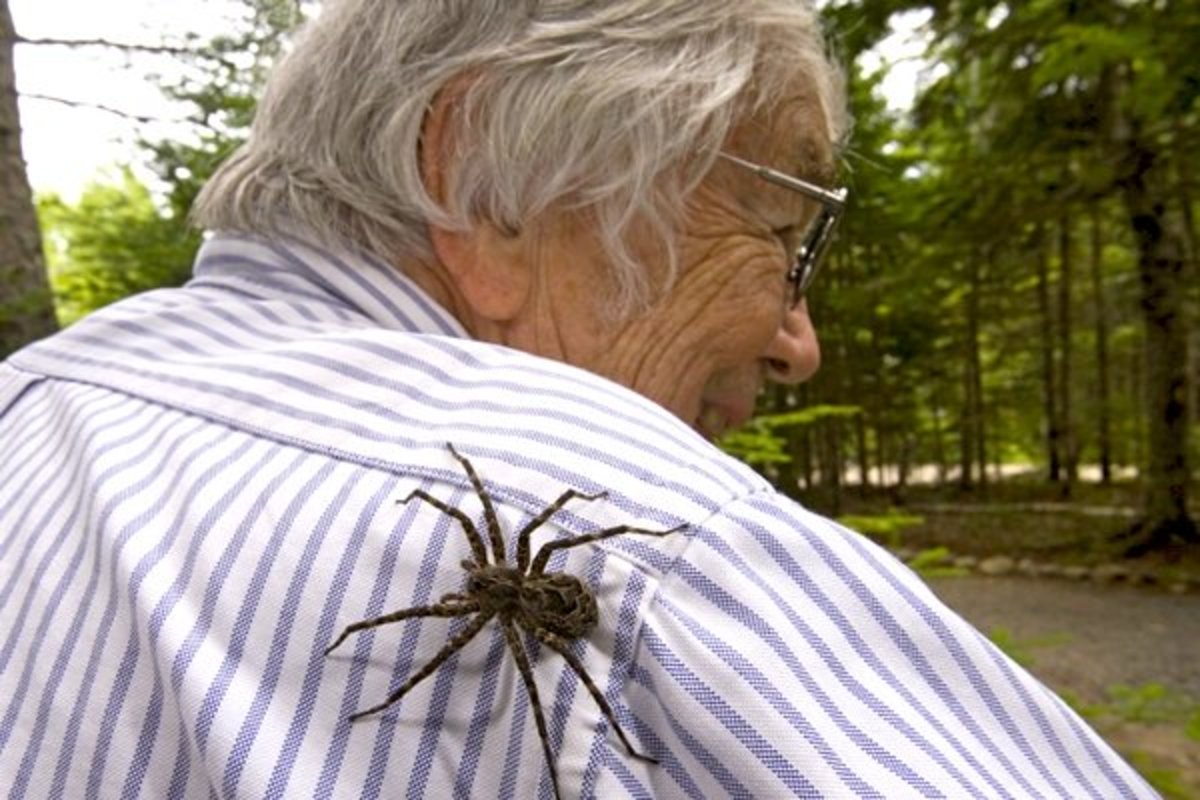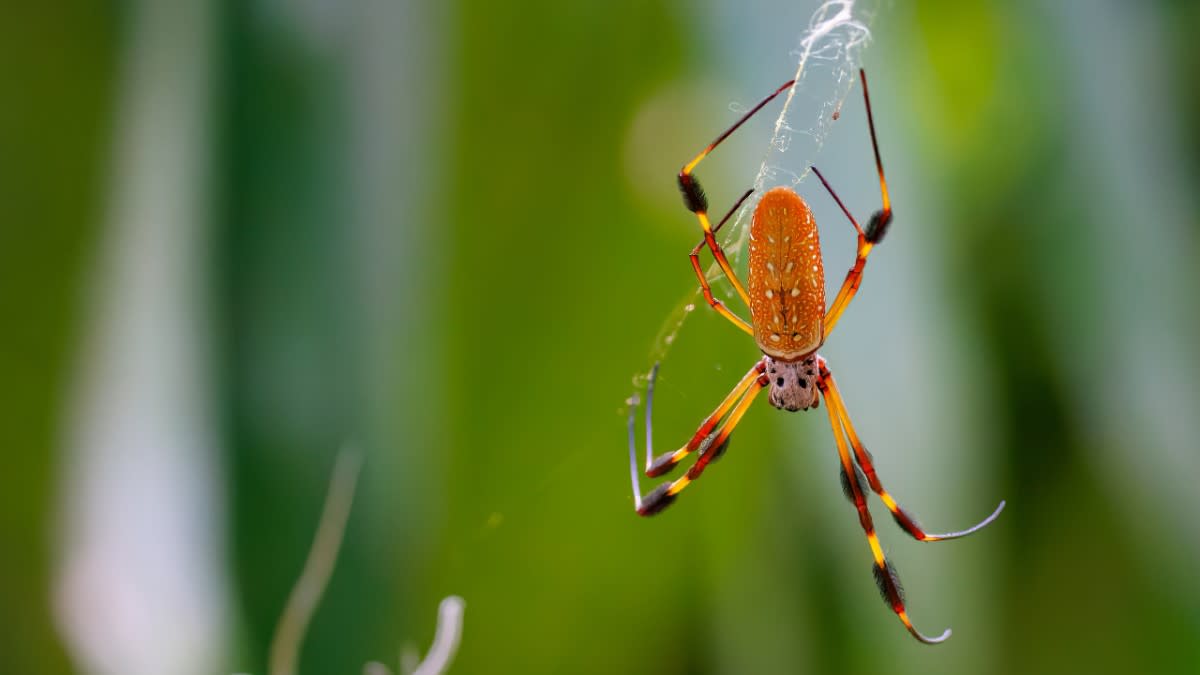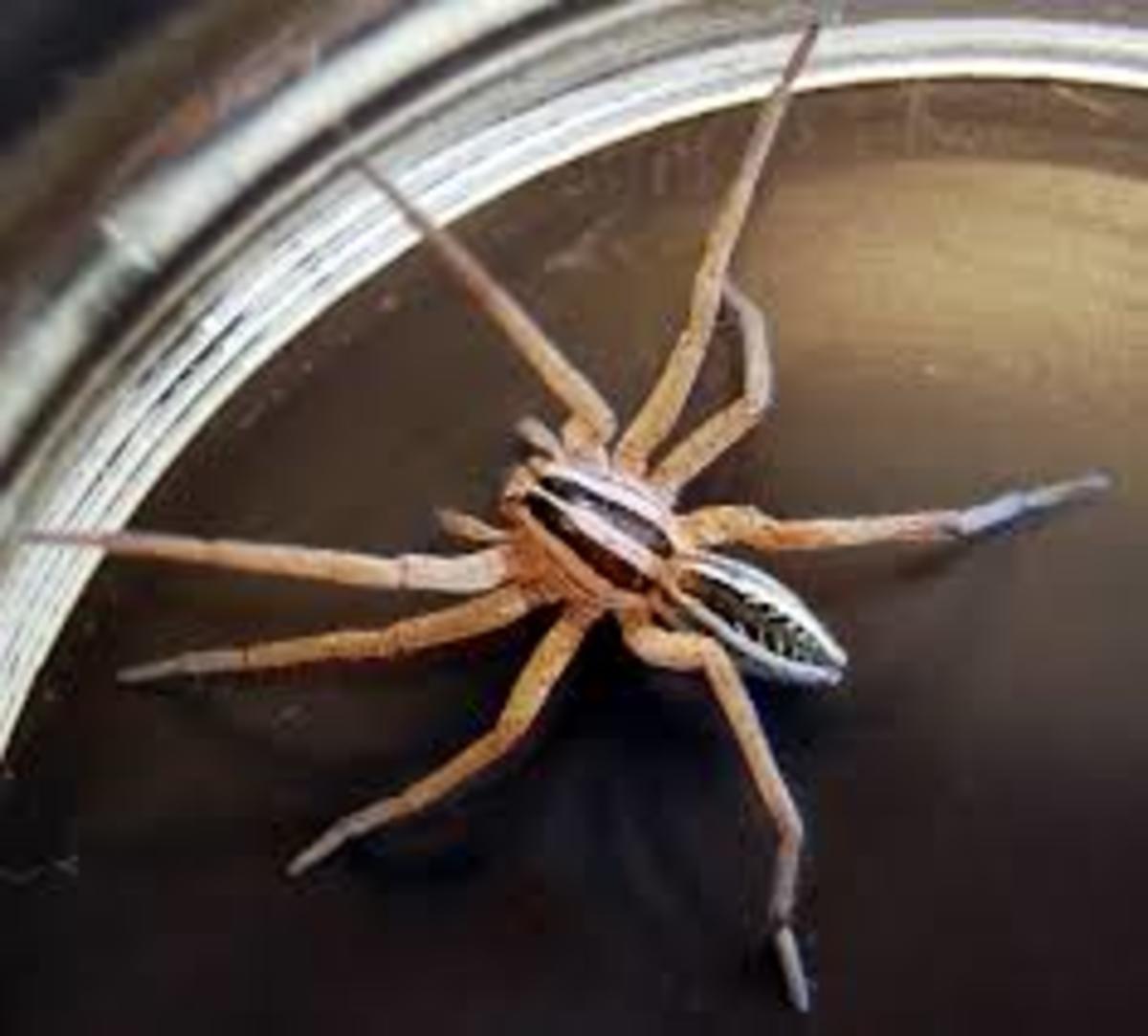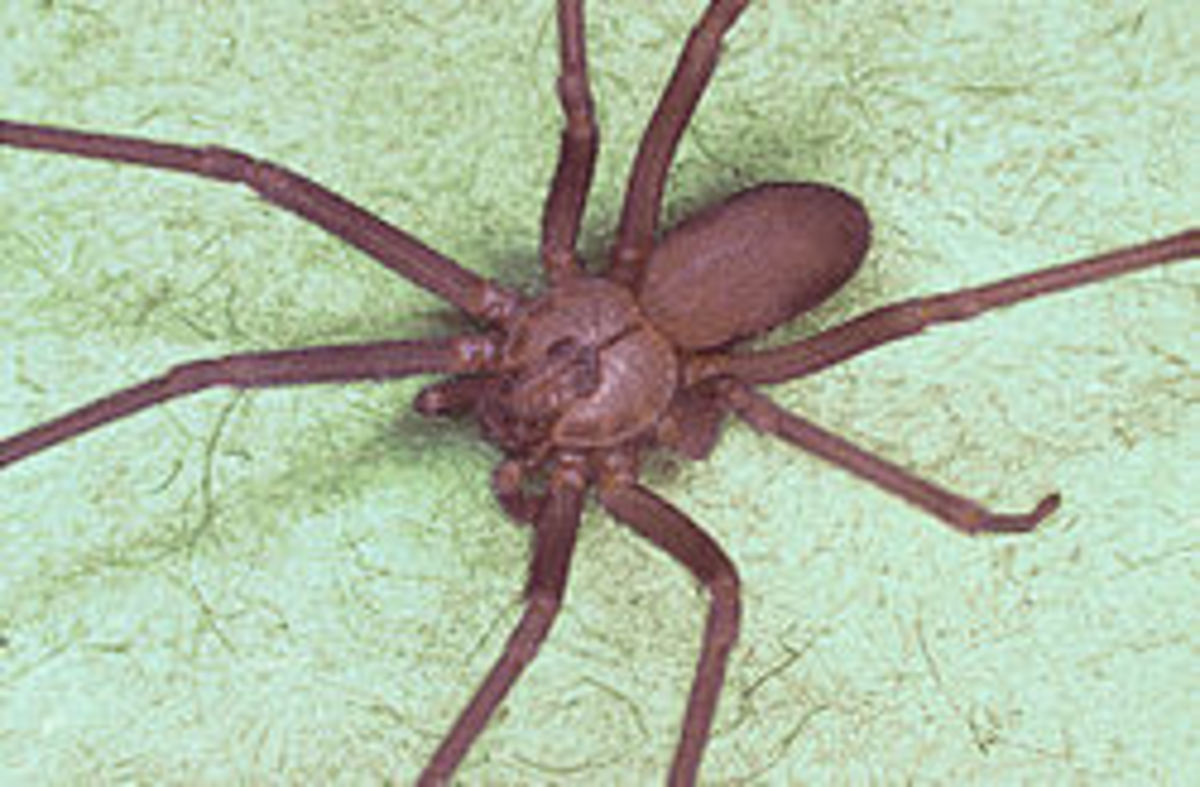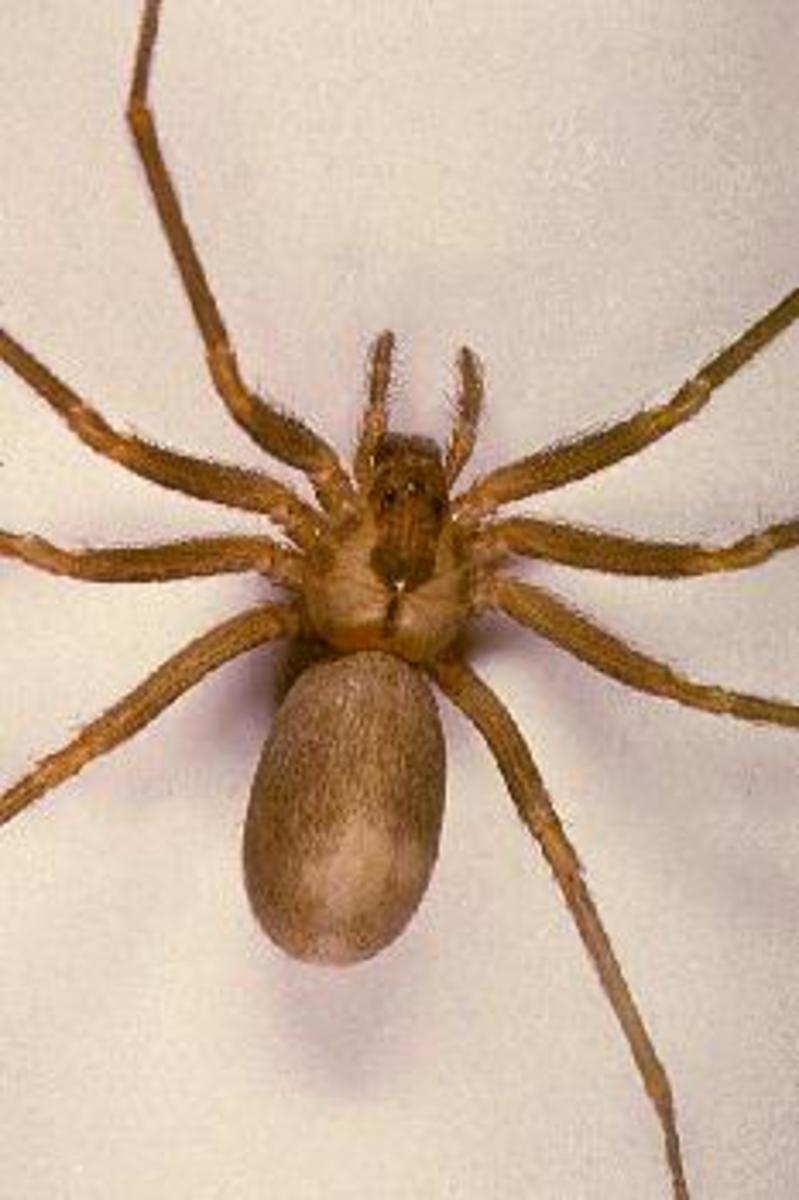- HubPages»
- Education and Science»
- Life Sciences»
- Entomology»
- Spiders & Arachnids
Camel Spiders: Desert Myth or Giant Hoax?
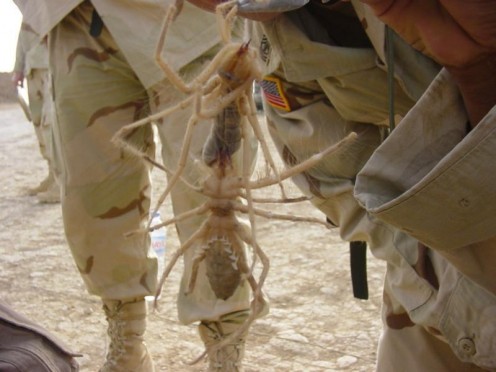
You may have seen something on the Internet about the huge, vicious dog-and-camel-eating "camel spiders" that our troops are having to deal with in the Middle East. Some of it may have seemed far-fetched to you and maybe you wonder just exactly what the truth is. Never fear, my friends, your friendly neighborhood DarkSinistar is here to set the record straight. Camel spiders are not truly spiders, though they are in the same class as spiders, ticks and scorpions known as Arachnida. The camel spider, found in sandy, desert regions, is part of an order known as Solifugae, that includes more than one thousand different species. Camel spiders are probably the best known member of this order, though a lot of what is "known" is nothing more than myth and legend.
Some of the more common misconceptions are noted in the chart below along with the correlating facts. Though you will notice that some of the exaggerations are quite extreme, encountering a camel spider can still be unnerving, even knowing the truth. Certainly anyone who suffers from arachnophobia would not deal with such a meeting well. It is not always easy to remember that they are more afraid of you than you are of them.
Camel Spiders: Myth Vs. Fact
MYTH
| FACT
| |
|---|---|---|
Top Speed
| 25 - 30 mph
| 10 mph
|
Noise
| Screams or Hisses
| Makes No Noise
|
Aggression
| Very Agressive
| Only If Attacked
|
Jumping
| Up to 3' - 5'
| A few inches
|
Size
| 12" or more
| 4 1/2" - 6"
|
Venom
| Numbs Area Bitten
| Has No Venom
|
Flesh Eating
| Camels, Dogs & Humans
| Only Small Rodents
|
Diet
| Small to Mid-Sized Animals
| Mostly Small Insects
|
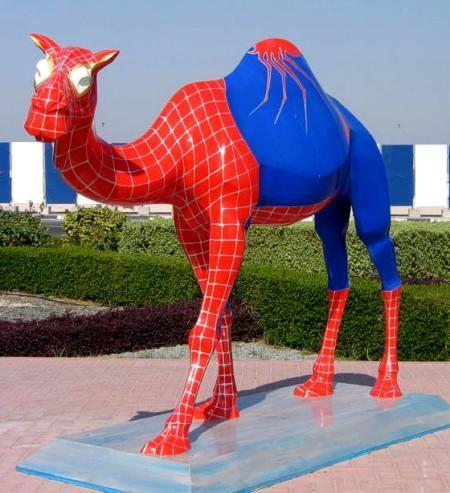
The Oddest of the Odd
One of the more bizarre rumors about camel spiders is that they get their name because they will eat the stomach of a camel and lay their eggs there. Sometimes the story goes they jump onto the bottom of the camel's belly and eat their way in while at other times it is said they supposedly eat their way from the inside out, though no explanation is given as to how they supposedly get into the camel's stomach. The reality is that female camel spiders burrow into the sand to lay and hatch their eggs.
Another unusual "fact" is that camel spiders have been known to eat whole dogs. In truth, camel spiders almost exclusively eat small arthropods such as termites and beetles. But camel spiders are both carnivorous and omnivorous so they do not pass up opportunities and have been known to eat small lizards and even rodents or occasionally a particularly unlucky snake. But they will not generally attack anything larger than themselves unless they are attacked first or feel threatened, so if they have ever eaten a dog, it had to be either a very small dog or a very annoying one!
If you absolutely must have something a bit odd to hold onto about these amazing creatures, consider this... In both World War I and World War II, troops stationed in the Middle East would stage fights between two camel spiders or a camel spider and a scorpion and make bets on the outcome. That was the weirdest thing I could find, but maybe it says more about humans than camel spiders.
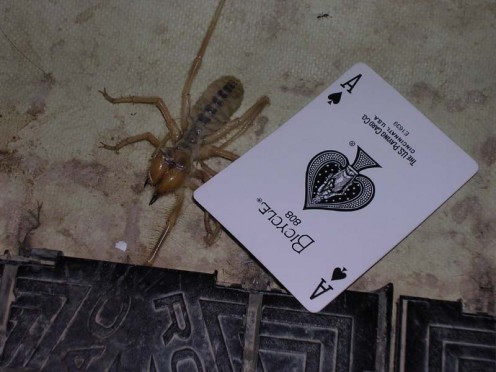
Cuddly, Warm and Oh So Huggable
So now that you know these guys aren't all that bad, maybe you are wondering if they make good pets. Indeed, camel spiders are a sought after pet by those whose tastes lean toward the more exotic. If you decide a camel spider is for you, you will need a large tank with at least 4" of sand so that the spider has room to burrow. You should also provide a few small logs or some cork so they have places to hide if they do not burrow.
You will need to provide a diet of crickets, mealworms, beetles, etc. with an occasional treat such as frozen mice fluffs thrown in. Camel spiders liquefy their prey then ingest it through their pharynx, so sitting down to an enjoy a meal with your new pet might be a bit disturbing. Be sure they are provided with fresh water in a shallow dish. You will need to keep their habitat warm during the day (around 32°C / 95°F) and a bit cooler at night (about 26°C / 78°F). You will also need to adjust the humidity each day and night. Come to think of it, maybe a cat is a better idea.
But seriously, if you choose to adopt one of these guys, be sure to keep in mind that the greatest threat camel spiders pose to humans is biting in self-defense when someone tries to handle them. Their bites have no venom but can be terribly painful. Experience with scorpions or tarantulas is recommended before taking on the responsibility of one of these cute little buggers!
The Bottom Line
So the truth is camel spiders are not the horrifying creatures they are often reported to be, but on the other hand, you would certainly not want to get on one's bad side. Their bites, even without venom, can be painful and, though rare, infection is always possible as with any wound. But if you find yourself having to spend the night in the desert, do not fear -- you will not wake to find a camel spider has burrowed inside you and devoured your spleen. At least, you probably will not...

